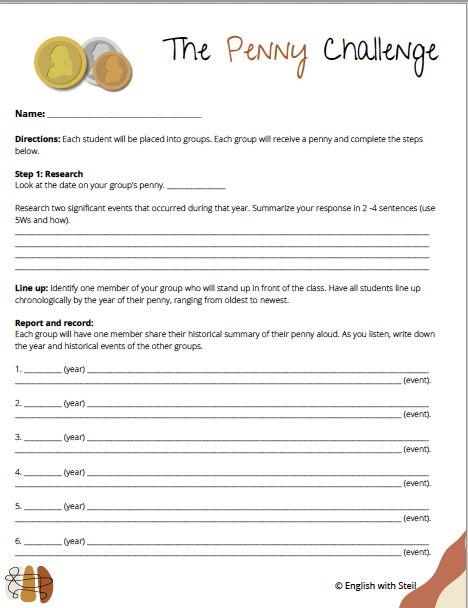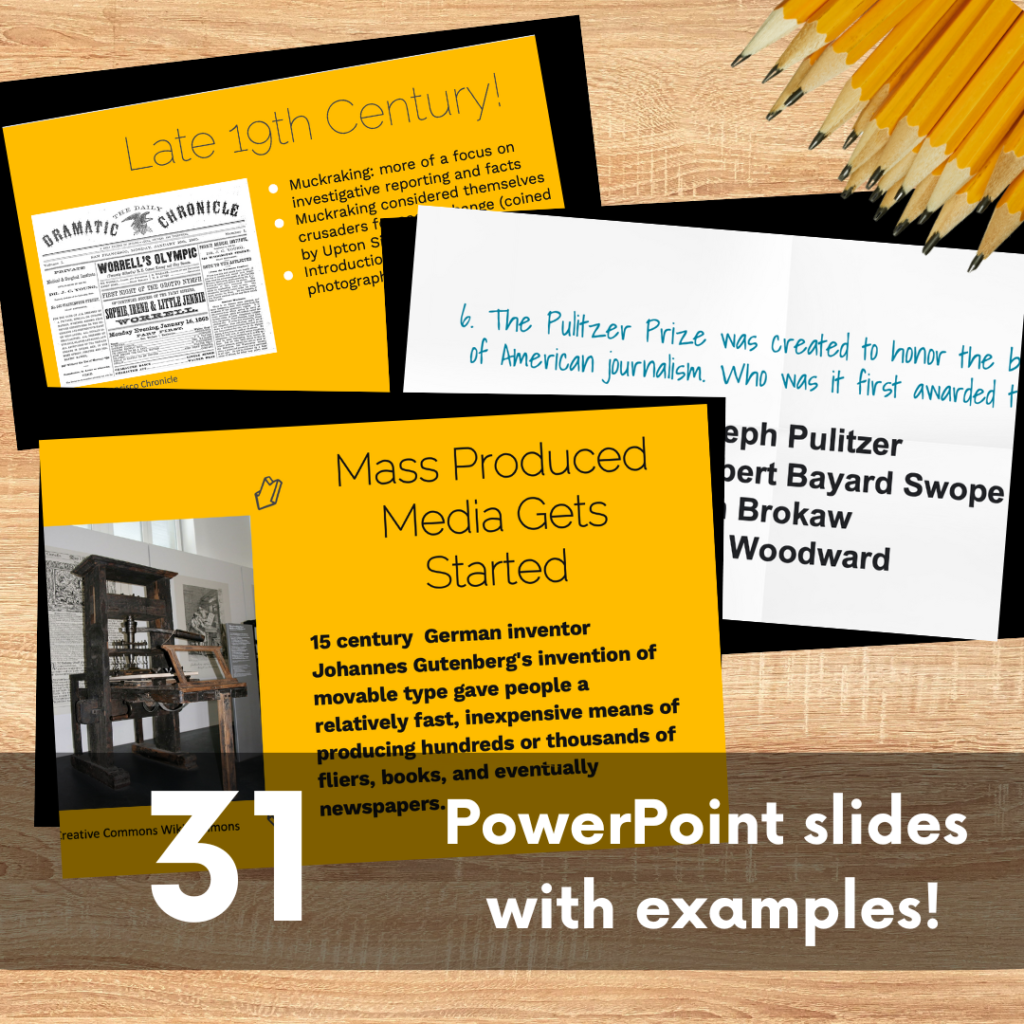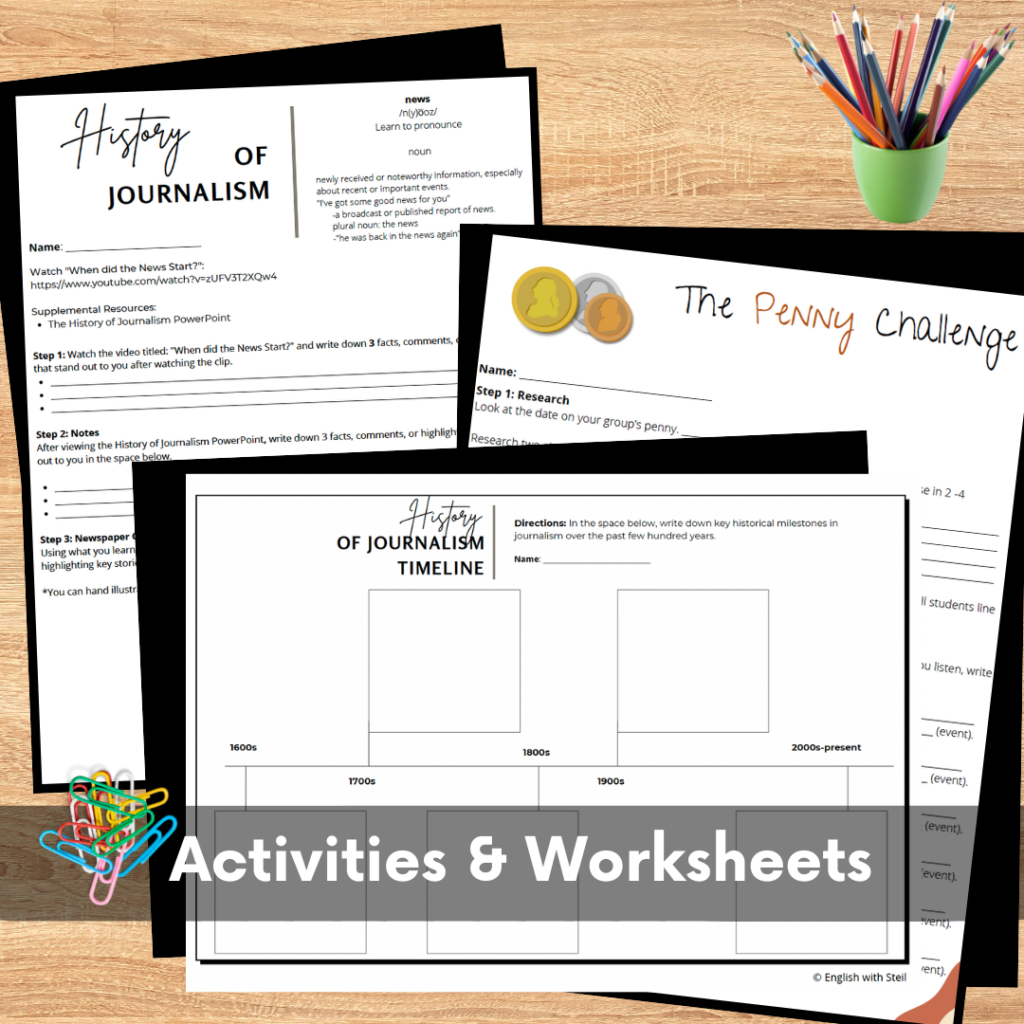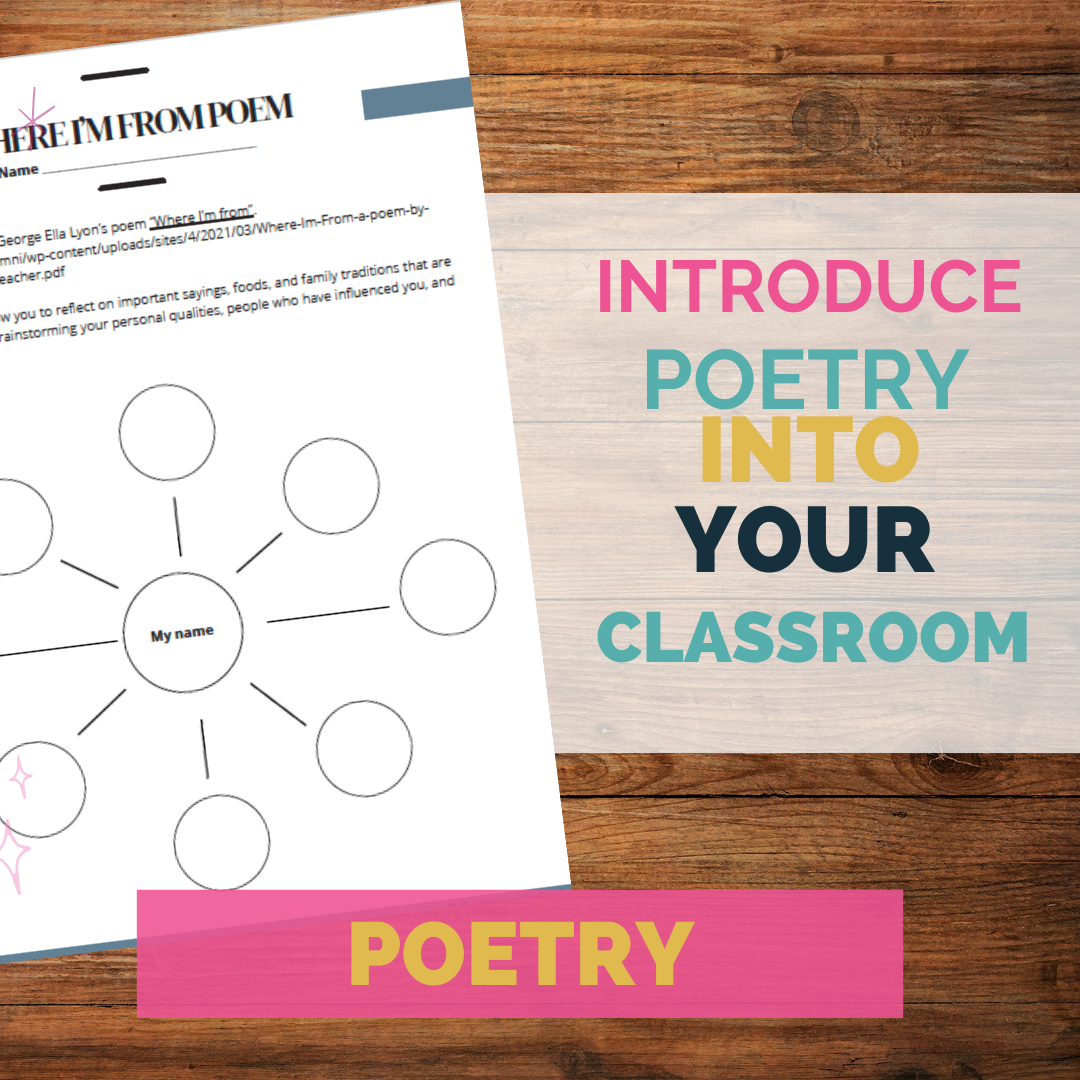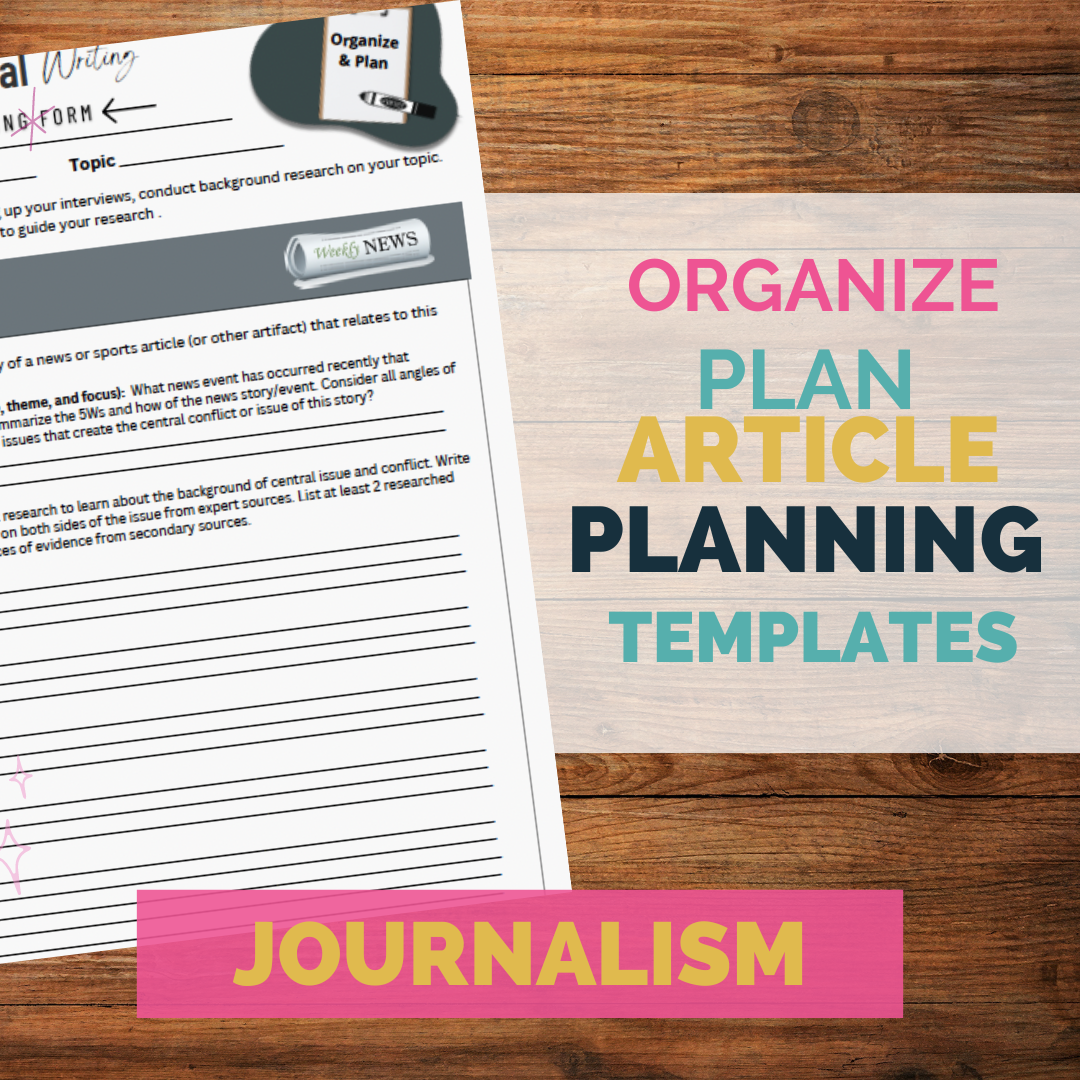Hello, fellow educators!
Teaching the history of journalism and media can be a thrilling journey through time. From the first printed newspapers to the digital news revolution, this subject offers a wealth of knowledge that helps students understand the world around them. Here are some fun ideas and tips for creating an engaging and informative lesson plan that highlights key milestones in the history of journalism.
A Snapshot of Journalism History
To begin, let’s outline some major milestones in the history of journalism and media:
The First Newspapers: The earliest known newspaper was the “Acta Diurna” in ancient Rome around 59 BCE. Fast forward to 1605, the first printed newspaper, “Relation aller Fürnemmen und gedenckwürdigen Historien,” was published in Germany.
The Printing Press: In 1440, Johannes Gutenberg‘s invention revolutionized the production of books and newspapers, making them more accessible to the public.
The Penny Press: In the 1830s, newspapers like “The Sun” in New York began selling for a penny, making news accessible to the working class and significantly increasing readership.
The Golden Age of Radio: The 1920s and 1930s saw the rise of radio as a primary news source. Programs like Franklin D. Roosevelt’s “Fireside Chats” became pivotal in connecting the public with current events.
Television News: The 1950s brought TV into homes, changing how people consumed news. Iconic moments include the coverage of the Kennedy assassination in 1963 and the moon landing in 1969.
The Internet Era: The late 20th century and early 21st century saw the advent of digital news, with online platforms and social media transforming news dissemination and consumption.
Building a Timeline
A physical or digital timeline can be a fantastic way for students to visualize the progression of media history. You can create a classroom timeline on a large bulletin board or use an online tool like TimelineJS. Here’s how to get started:
- Start with Dates: Mark the key milestones mentioned earlier.
- Add Descriptions: Briefly describe each event and its significance.
- Visuals: Include images, newspaper clippings, or screenshots to make the timeline more engaging.
- Student Involvement: Have students contribute by researching additional milestones or creating mini-presentations on each event.
Activities to Engage Students
Activity 1: Newspaper Project
Objective: Students will create a front page of a newspaper from a specific time period.
Instructions:
- Divide students into small groups and assign each group a different historical period (e.g., 18th century, 1920s, 1960s).
- Each group researches significant news stories from their assigned period.
- Using a template, students create a front page that includes headlines, articles, and images relevant to that time.
- Groups present their newspapers to the class, explaining their design choices and the significance of the stories they included.
Activity 2: Media Debate
Objective: Students will debate the impact of different media on society.
Instructions:
- Assign students to teams and give each team a specific medium (e.g., print, radio, TV, internet).
- Each team researches their assigned medium, focusing on its historical impact, advantages, and disadvantages.
- Hold a structured debate where each team presents their findings and argues why their medium was the most influential in shaping public opinion and society.
- After the debate, facilitate a class discussion on the evolving role of media and its future.
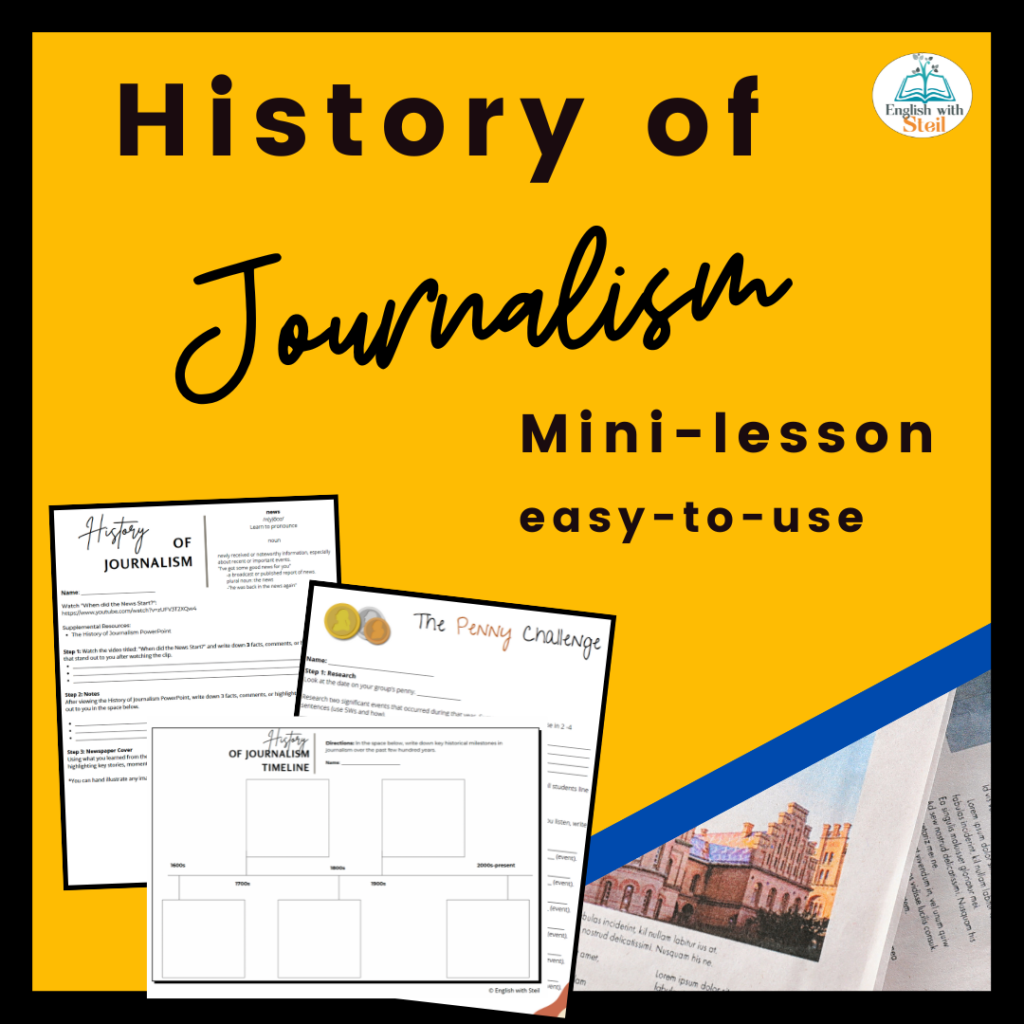
Wrapping Up
By using a mix of PowerPoint presentations, timelines, and interactive activities, you can make the history of journalism and media come alive for your students. This subject not only helps them appreciate the evolution of news but also encourages critical thinking about the role of media in our lives today.
I hope these ideas inspire you to create a dynamic and memorable lesson. Happy teaching!

